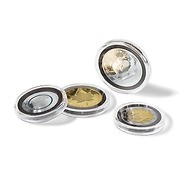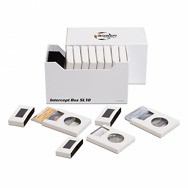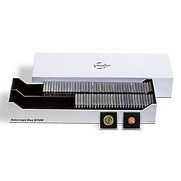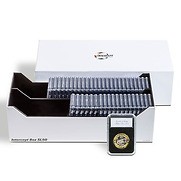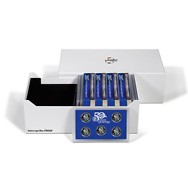Free shipping on orders over $99. Orders ship within 2 business days*.
The INTERCEPT® technology
Say goodbye to tarnished collector’s coins!
This proven process has transformed coin care, eliminating the need for traditional cleaning and preservation methods. Its straightforward and effective approach is cost-efficient and free of side effects.
Learn more about the technology:
• The danger is in the air
• Functionality
• Technology tried-and-tested in the industry
• INTERCEPT® products
• FAQ
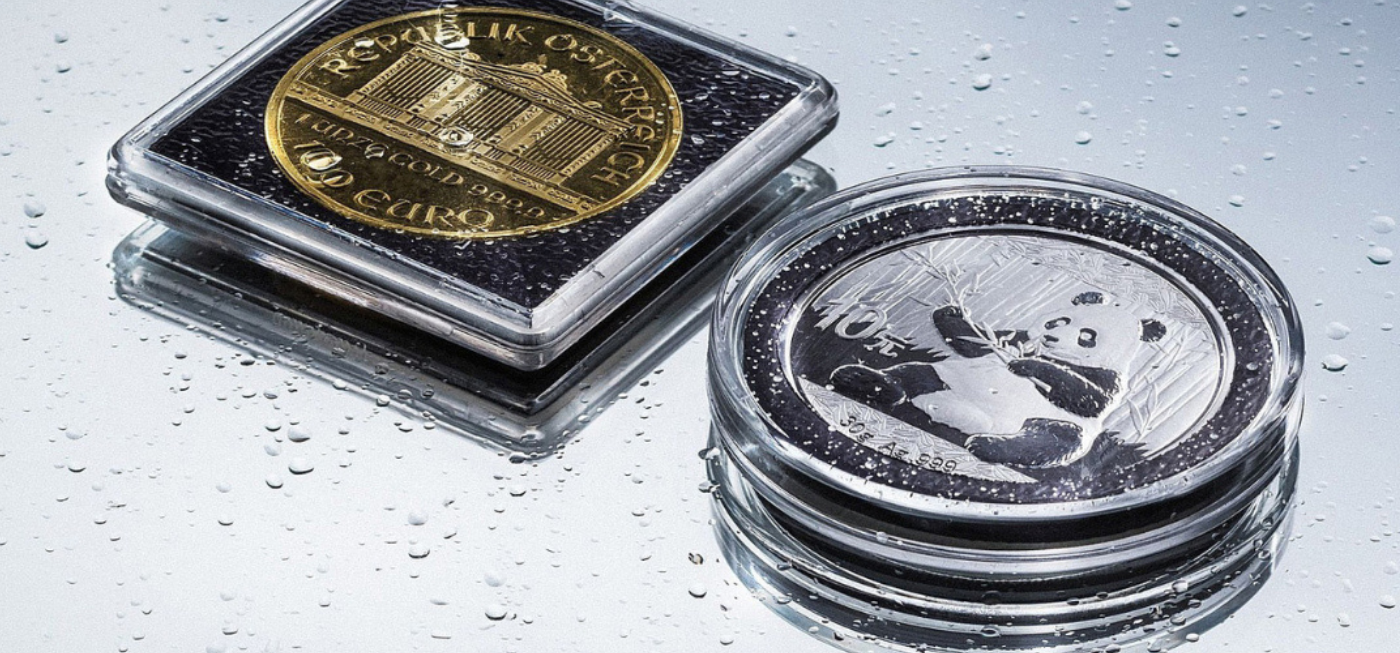
The danger is in the air
Even with proper care, corrosion can still damage your coin collection due to reactive substances in the air like nitrous gases, ozone, and hydrogen sulfides. These corrosive compounds interact with metals, leading to tarnishing and degradation. Without the right protection, coins risk losing both their beauty and value over time.
Traditional methods of coin protection have notable drawbacks compared to INTERCEPT® technology:
|
Regular cleaning, for instance, wears down the coin's surface over time. |
|
|
Sealing coins with varnish, wax, or oil carries significant risks and often causes more harm than good. |
|
|
Coin capsules, while effective against mechanical damage and skin acids, do not offer lasting protection from corrosive gases that can damage coins in the long term. |

Functionality
The secret of INTERCEPT® is that corrosive gases are bonded before they are able to form a bond with the metal in the coin. This molecular process takes place immediately. Unlike other VCIs (volatile corrosion inhibitors), no layer forms on the surface of the coin. The highly porous copper particles embedded in the plastic compound bond to the damaging gas molecules in the air, locking them away permanently. The compound is never degassed and there is no build-up of environmentally harmful substances. Unfortunately, there is no process to restore corroded coins, which is all the more reason to recommend INTERCEPT®’s patented protection technology from the start.
Technology tried-and-tested in the industry
INTERCEPT® technology has been used in IT and heavy industry for 30 years and provides reliable protection for highly sensitive platinum, electronic components and car and aeroplane parts during storage and transit, as well as for packaging whole industrial machines. Even museums and archives use this process: the Guggenheim Museum, the US National Archive and the British Royal Mint use it to protect coins, sculptures and other works of art.
• INTERCEPT® is used in several industries, such as aerospace, defence, automotive, electronics, machine engineering, mining and oil and gas extraction.
• Ideal for packaging, transport and storage of easily corroded metals
Patented protection
The process has been proven effective in countless trials and lab tests according to DIN, EN, ISO and ASTM standards. The protection is so effective that even moisture penetration is rid of corrosive elements. The process was even recognized for its eco-friendliness by the German Federal Institute for Occupational Safety and Health. All INTERCEPT® products are non-toxic and completely recyclable.
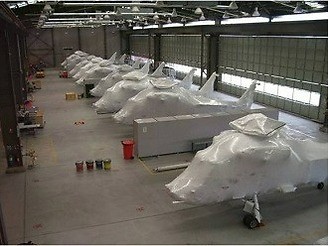
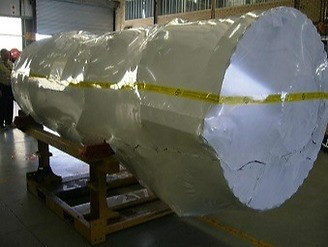
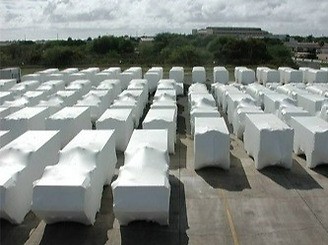
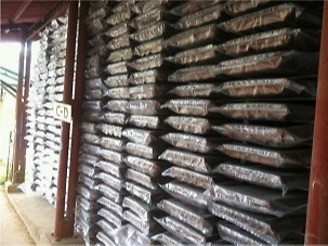
FAQ
What materials does INTERCEPT® protect?
All ferrous and non-ferrous metals, i.e. all metals commonly used when minting coins. INTERCEPT® is not limited to one specific type of metal. Furthermore, its function is not based solely on protection against moisture. Instead, INTERCEPT® "neutralises" a variety of corrosive effects which affect all materials. Thus INTERCEPT® also protects against the aging of paper.
How does the material INTERCEPT® work?
The basis of INTERCEPT® technology is porous copper particles embedded into a polymer matrix. These particles react with the corrosive gases in the atmosphere and neutralise them. Even moisture which gets into the packaging is cleansed of corrosive elements. In contrast to conventional methods, therefore, no artificial atmosphere is created and corrosive impurities are instead removed naturally from the existing atmosphere. This means there is no emission of chemicals.
Can the INTERCEPT® film easily be recycled or disposed of?
Yes. INTERCEPT® fulfils all national and international recycling requirements for dyed and colored plastics. All products should be disposed of according to the European waste code. It is not without reason that INTERCEPT® has been awarded for its eco-friendliness by the German Federal Institute for Occupational Safety and Health.
How long does INTERCEPT® remain effective?
INTERCEPT® is used for storage periods of up to 15 years. Depending on the location, the alloy concerned and the storage conditions, the product may remain effective for much longer. Currently, the longest experience of using INTERCEPT® has been since 1984, which allows competent forecasts for the duration of its effectiveness. Please note that repeated opening of an INTERCEPT® product reduces its duration of effectiveness. To extend the duration of effectiveness of INTERCEPT® products beyond the 15 years, it is recommended to close it immediately after use and to avoid frequent opening.
Can I tell when the effectiveness of the INTERCEPT® film has worn off?
Yes. When the potential of the INTERCEPT® film has been exhausted, the film will turn a dark grey/green color (not the coins!). When this discoloration occurs, you should replace the INTERCEPT® product with a new one.
Is INTERCEPT® toxic?
The INTERCEPT® material gives off neither anions nor cations and contains no gas-emitting chemical substances. Therefore, the material is non-toxic. Consumption of the materials is not advisable, however.
Is INTERCEPT® a new process?
No. INTERCEPT® has been used in storage and the international transport of industrial goods since 1984. This technology was developed by Lucent Technologies Bell Laboratories (USA) and is patented worldwide.
Can I use INTERCEPT® products for coins that are already tarnished or for already aged documents?
Further corrosion will be prevented or significantly slowed down by the use of INTERCEPT®. However, already tarnished coins will not become 'untarnished'; the same applies to documents.
INTERCEPT® contains copper. Can this have a galvanic reaction if it comes into direct contact with other metals?
No. Through the permanent integration of the individual particles, a unique polymer matrix of the product, galvanic reactions are prevented even in the case of direct contact.

